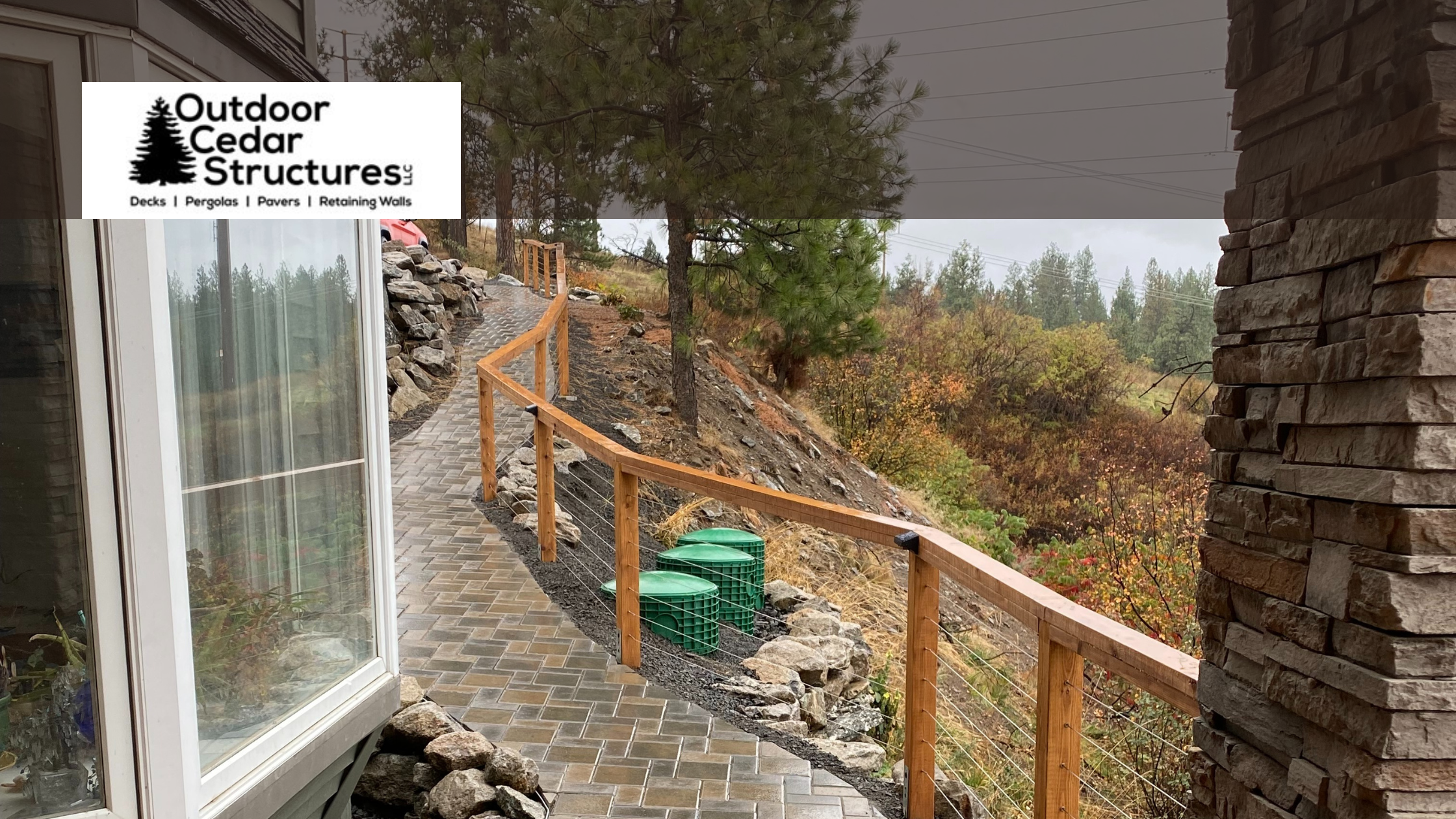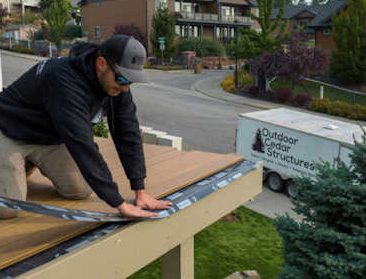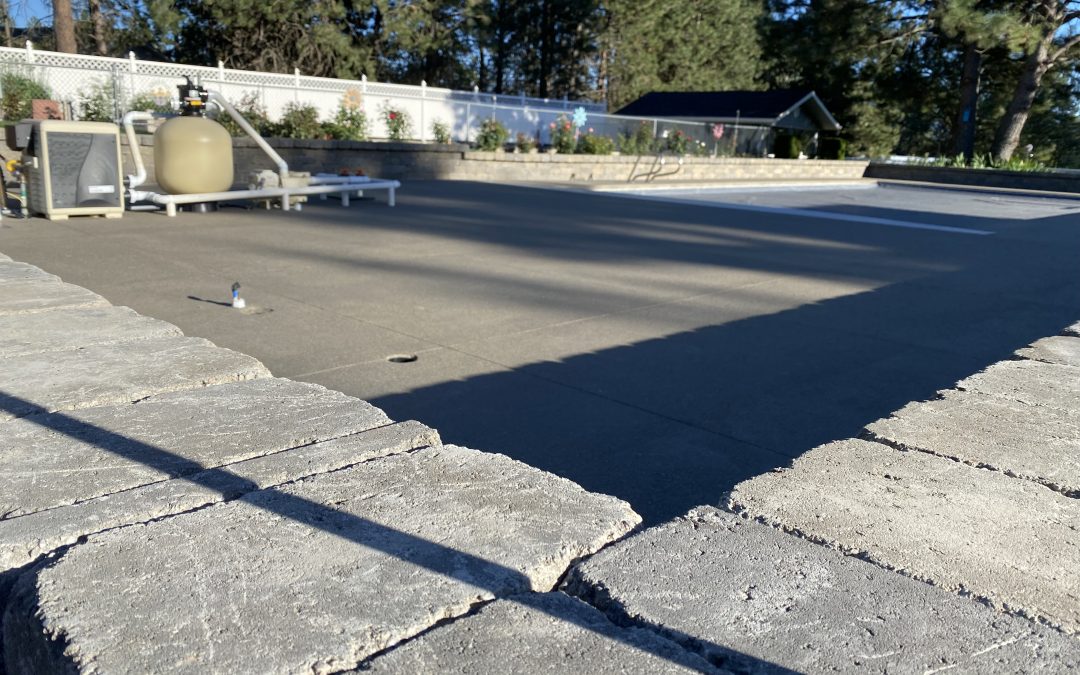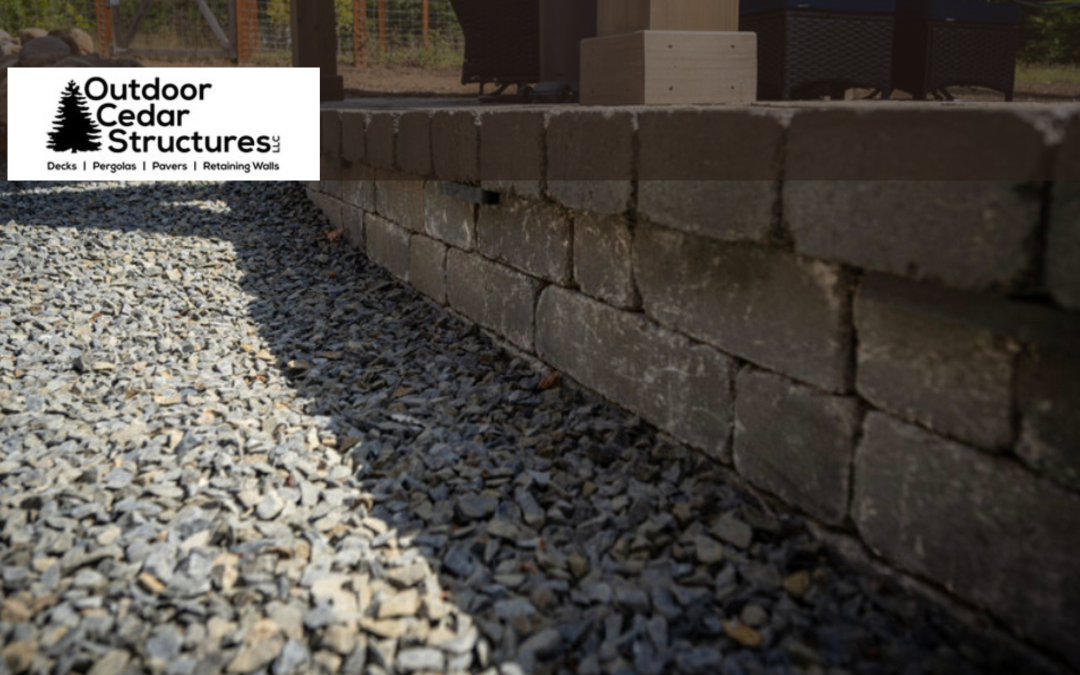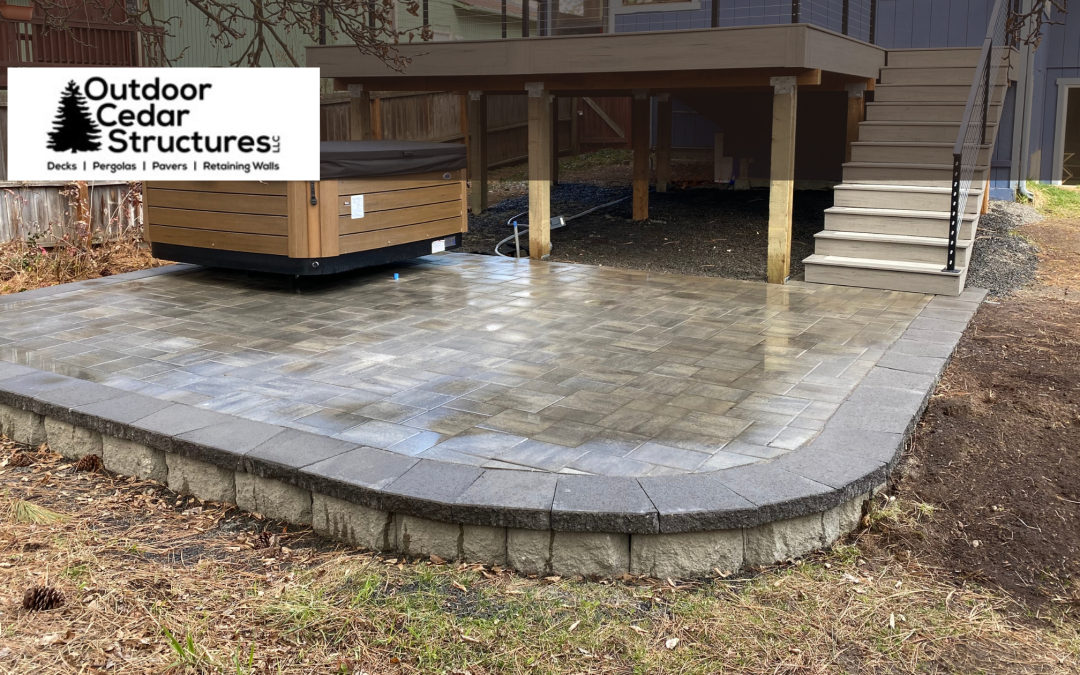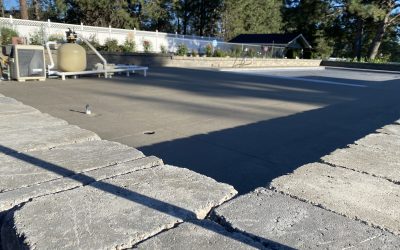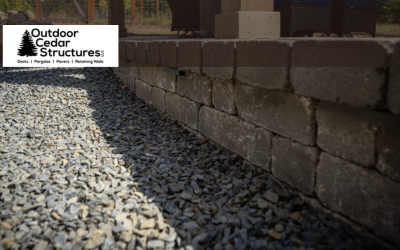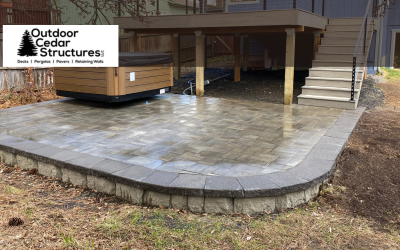Whether aiming for a modern or rustic look for your paver project, selecting suitable pavers can transform your driveway, patio, or walkways into attractive, sturdy surfaces.
Choosing the suitable pavers goes beyond just material—you also need to consider shape and design. From classic rectangles to intricate patterns, your selected shape can set the tone for your entire space.
This blog will guide you through choosing the perfect shape for your paver projects, whether you’re aiming for modern or rustic.
Functionality first
Before anything else, think about the purpose of your pavers. For patios, you have more flexibility in terms of paver size. But for driveways and walkways that are subjected to regular foot and vehicle traffic, you will want to choose sturdy options.
Choosing thicker pavers or paving slabs will ensure a long-lasting and durable surface.
Once you’ve identified your project’s needs, we recommend considering Outdoor Cedar Structures selection of Belgard pavers. Belgard offers various materials, textures, and configurations, allowing you to achieve the perfect look for your space.
Tips for selecting the right shape for your paver project
Tip #1: Bring out your artistic flair.
Belgard pavers come in a wide array of shapes and patterns to create a truly customized look for your patio, walkway, or driveway. Are you not sure which design will work best? Don’t worry — our team of experts is here to guide you and help you find the perfect fit for your vision.
Tip #2: You can’t go wrong with geometric shapes.
Squares, rectangles, and triangles offer a timeless look. Even if your pavers have irregular shapes, straight lines, and minimal ornamentation, they create a clean and modern aesthetic. Consider installing them in a simple grid pattern — this never goes out of style.
Tip #3: Match the shape to the architecture.
Look at your home’s architectural details. Do you live in a Victorian-style home with elegant curved doorways and windows?
Consider using similarly curved shapes in your paver layout. This creates a cohesive and visually pleasing flow between your home’s design and outdoor space.
Tip #4: Repeat shapes for cohesiveness.
Brick-shaped pavers are often the perfect choice for colonial architectural styles. Repeat this rectangular shape throughout your paver design to create a strong sense of visual unity and reinforce your home’s overall style.
Tip #5: Think about the size of your project.
Consider laying pavers in rows running along the length or diagonally across the space for narrow areas like alleys or paths. This creates a lengthening effect to make the area appear more expansive.
Square pavers are another excellent option for smaller spaces like verandas and balconies. They can create a classic look that won’t overwhelm the limited area.
In contrast, you can use rectangular pavers along the width for expansive areas to create a sense of enclosure and visual interest. Large open spaces provide more freedom to experiment with various layouts, so unleash your creativity!
Tip #6: Make sure the shape suits the function of the space.
For high-traffic areas like driveways, choose pavers that are at least 50mm thick to ensure that they can withstand vehicles’ weight and pressure.
For areas dedicated to leisure, such as outdoor entertainment spaces or firepits, you have more flexibility to choose shapes based on the visual effect you want to achieve.
Tip #7: Add interest.
Cobblestones, organic-shaped pavers or rounds, and ashlar patterns can add interest and character to your space. Large-format pavers can also provide the illusion of space in smaller areas.
Tip #8: Color matters.
One of the biggest mistakes people make when they go the DIY route is choosing a paver color that doesn’t complement the surrounding space. This is why we recommend consulting an expert paver contractor for tailored advice.
Color can influence your space’s feelings, functions, and looks, so choose wisely!
Think about how your outdoor paving will look next to the other elements in your outdoor space — such as your plants and landscaping.
Remember: the rules for color matching indoors also apply outdoors.
You don’t have to match everything perfectly (unless you’re going after that aesthetic). Try using complementary tones instead.
These color combinations sit opposite each other on the color wheel and are perfect for creating a lively space with a touch of warmth.
Tip #9: Try dark colors.
Do you love the idea of dark pavers for your patio? They’re great for adding a contemporary twist, but be careful—dark tones can make enclosed patios feel smaller. For that dramatic look, they’re best used in large, open outdoor areas bathed in natural light.
Tip #10: Durability should be a priority.
Your pavers will face a lot of foot and/or vehicular traffic, not to mention heat, cold, and rain. If you’re installing them near a pool, remember that chlorine can affect some materials. Let us know—we can help you select the most durable pavers for your requirements.
Start your project with Outdoor Cedar Structures!
Call (509) 329-6054 to schedule your complimentary design consultation with our experts. We’ll work closely with you and offer tailored advice to ensure you have suitable pavers for your project.

